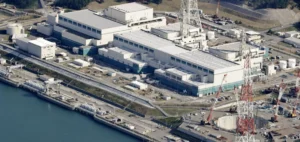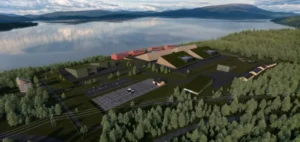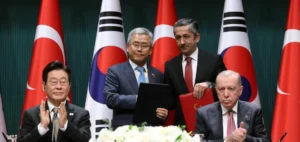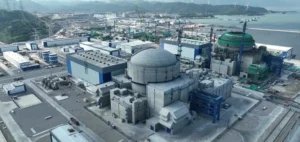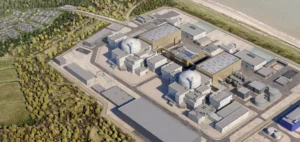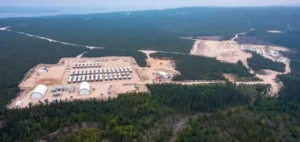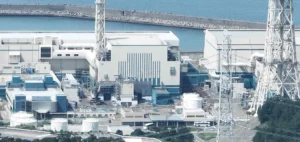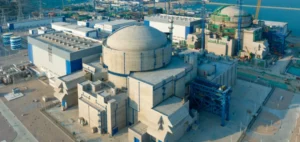Uranium Energy Corp (UEC) restarted In-Situ Recovery (ISR) uranium production at its Christensen Ranch site in Wyoming on August 6, 2024.
This marks an important milestone for the company, at a time when the global uranium market is booming, driven by growing demand for nuclear power.
The site, which has already been mined in the past, is now back in full production following a phase of preparation and updating of the facilities.
Ore extracted from Christensen Ranch is transported to the Irigaray central processing plant (CPP), located some 15 miles from the extraction site.
The plant, which currently has a licensed capacity of 2.5 million pounds of U3O8 per year, could soon see its capacity increased to 4 million pounds, subject to regulatory approval.
This expansion is essential for UEC, in order to maximize production and respond effectively to market demand.
Mobilizing the local workforce
One of the strengths of this relaunch lies in the commitment of the local workforce, a key element of operational success.
UEC has assembled a team of workers primarily from the surrounding counties, supporting operations while promoting regional economic development.
This strategy of local recruitment continues, as the company plans to add a further 20 positions by 2025 to support the planned expansion of production units.
Expansion of activities at Christensen Ranch is underway, with the development of new production units, notably unit 11.
At the same time, drilling is underway to extend unit 10, with production scheduled to begin in 2025.
These efforts are aimed at maintaining a sustained production rate, in line with growing demand from the United States, which still relies mainly on imports to meet its uranium requirements.
Geopolitical and economic issues
The resumption of operations in Wyoming comes at a time when the United States is seeking to reduce its dependence on uranium imports, while securing a stable supply for its nuclear fleet. For years, domestic production has been hampered by low-cost imports from state-backed foreign entities.
This restart of production by UEC aims to address this critical situation, by strengthening the availability of U.S.-origin uranium, a crucial element in the country’s energy security. Scott Melbye, Executive Vice President of UEC, emphasized that uranium production in the U.S. is not only important to meet utility needs, but also to support national security priorities.
The Department of Energy’s recent Strategic Uranium Procurement Program is testimony to this priority for domestic production.



